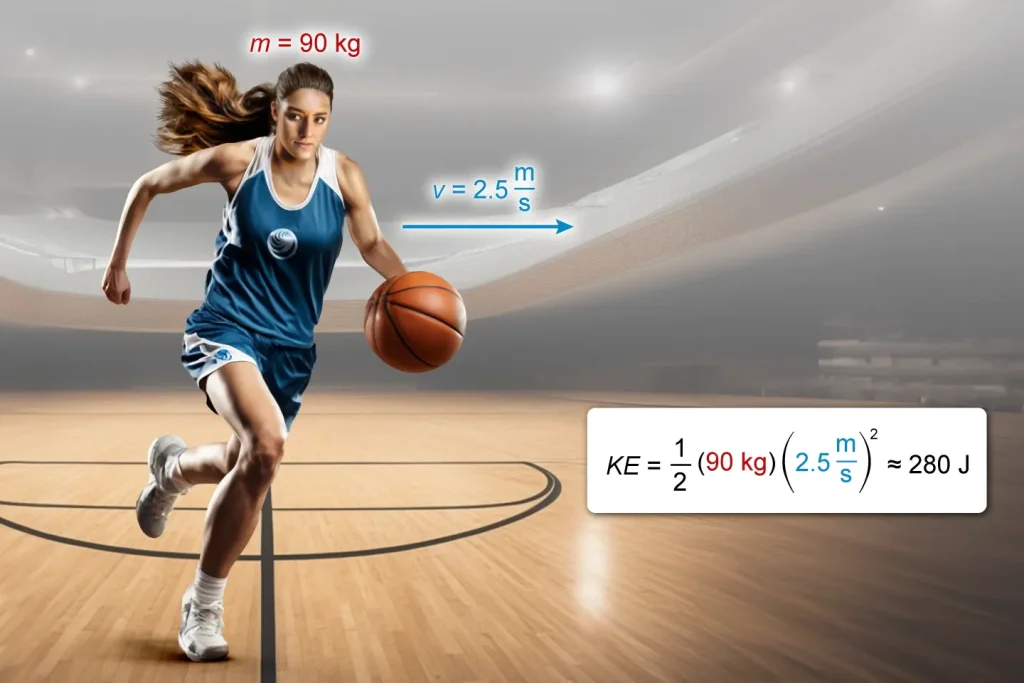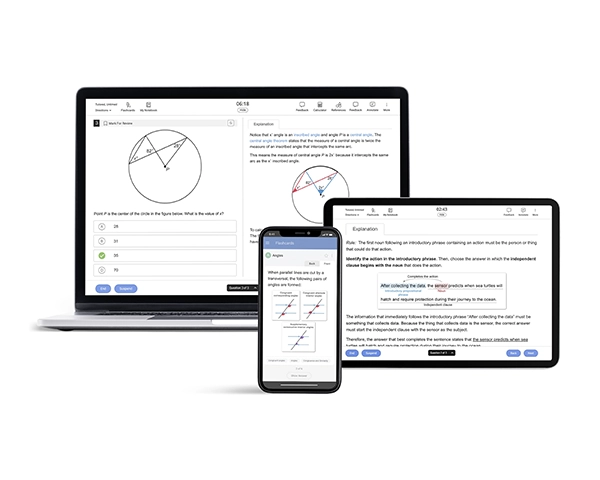If you're thinking about how to study for AP Physics 1 over the summer, you're already ahead of the curve. AP Physics 1 is notorious for being one of the toughest AP classes—especially if you're on a STEM or pre-med track. The concepts are abstract, the math can feel intimidating, and during the school year, it can be hard to keep up with everything else on your plate.
That's why more and more ambitious students are starting early. Getting a head start during the summer can seriously lighten the load during the school year and set you up to earn both an A in the class and a 5 on the AP exam. In this blog, we'll walk you through how to build an AP Physics 1 summer study plan that actually works—and how UWorld's watch, read, practice method can help you prep smarter, not harder.
Why Prep for AP Physics 1 Over the Summer?
AP Physics 1 isn't like other science classes. It's algebra-based, sure—but the thinking required is conceptual and problem-solving heavy. If you're juggling multiple AP classes or extracurriculars, waiting until the school year to start learning the material can leave you feeling overwhelmed.
Benefits of Summer Prep:
- Build a strong foundation in core topics like motion, forces, and energy
- Reduce stress during the school year
- Improve performance on in-class assessments
- Boost your chances of scoring a 5
- Prepare for pre-med and STEM college pathways
Spending just 2–3 hours a week over the summer can give you a huge edge.
The “Watch, Read, Practice” Method for AP Physics 1
UWorld's watch, read, practice AP Physics method is designed to help you learn actively and efficiently. Here's how it works:
Step 1: Watch – Learn with Bite-Sized Video Lessons
Start each study session with UWorld's AP Physics 1 video lessons. These short, animated videos break down complex concepts using engaging visuals and real-life examples. Each one focuses on a single topic, making it easier to understand and remember.
Topics to Prioritize Early:
- Kinematics (motion in one dimension)
- Newton's Laws
- Forces and Free-Body Diagrams
- Work, Energy, and Power
Step 2: Read – Reinforce Concepts with the Study Guide
After each video, turn to the UWorld AP Physics 1 Study Guide. It's not a dry textbook—it's an illustrated, easy-to-follow guide packed with:
- Colorful diagrams
- Clear explanations
- Built-in knowledge checks
It follows the College Board's official curriculum, so you're only studying what's actually relevant to your class and the AP exam.
How to Use It:
- Read the section that matches the video you just watched
- Focus on example problems and mini-quizzes
- Take notes in your own words
Step 3: Practice – Apply What You Know with QBank Questions
Once you've watched and read, apply your knowledge using UWorld's QBank practice questions. These aren't just any questions—they're written to mimic the format, style, and difficulty of real AP exam problems.
Every question comes with:
- A detailed explanation
- Visual breakdowns and diagrams
- Insights into why an answer is correct or incorrect
How to Practice Smart:
- Start with 5–10 questions per topic
- Review all explanations, even for correct answers
- Turn missed questions into digital flashcards
Sample AP Physics 1 Summer Study Plan
Here's a flexible, beginner-friendly study schedule for AP Physics that you can adjust to your summer routine:
8-Week Sample Plan
| Week | Topics | Plan |
|---|---|---|
| 1 | Introduction to Physics, Units, and Kinematics | Watch 2–3 videos, read the guide, do 10 QBank questions |
| 2 | Kinematics in 1D | Watch + Read + Practice |
| 3 | Newton’s Laws | 3–4 short sessions |
| 4 | Free-Body Diagrams & Forces | Focus on problem-solving |
| 5 | Work, Power, and Energy | Reinforce with QBank |
| 6 | Momentum & Collisions | Practice conservation laws |
| 7 | Rotation & Torque (if time permits) | Explore bonus concepts |
| 8 | Review Week | Take a practice set and review your misses |
You only need to study 2–3 times per week to make serious progress and feel confident heading into class.
Bonus: Use the UWorld Study Planner to Stay Organized
UWorld's Study Planner helps you build a personalized study schedule, track your progress, and stay on target all summer. You can:
- Drag and drop topics into your calendar
- Set reminders for video lessons and QBank sessions
- Sync your plan across devices
It's perfect if you want structure without feeling boxed in.
Why AP Physics 1 Matters for Pre-Med Students
If you're considering a career in healthcare, starting AP Physics 1 prep for pre-med students now can give you a competitive edge. College physics and even the MCAT will build on these very same principles. Getting comfortable with vectors, forces, and motion now = less struggle later.
Final Thoughts: Get Ahead, Stress Less
Prepping over the summer doesn't mean grinding every day. With just a few focused hours each week, UWorld's watch, read, practice method helps you:
- Build real understanding
- Boost your confidence
- Score higher on tests
- Start the school year ahead of the game
Start Strong with UWorld AP Physics 1 Prep Course
With video lessons, a fully aligned study guide, realistic QBank questions, and a customizable study planner, UWorld gives you everything you need to prepare for AP Physics 1—without the stress.
Try the method. Trust the process. Walk in ready.




